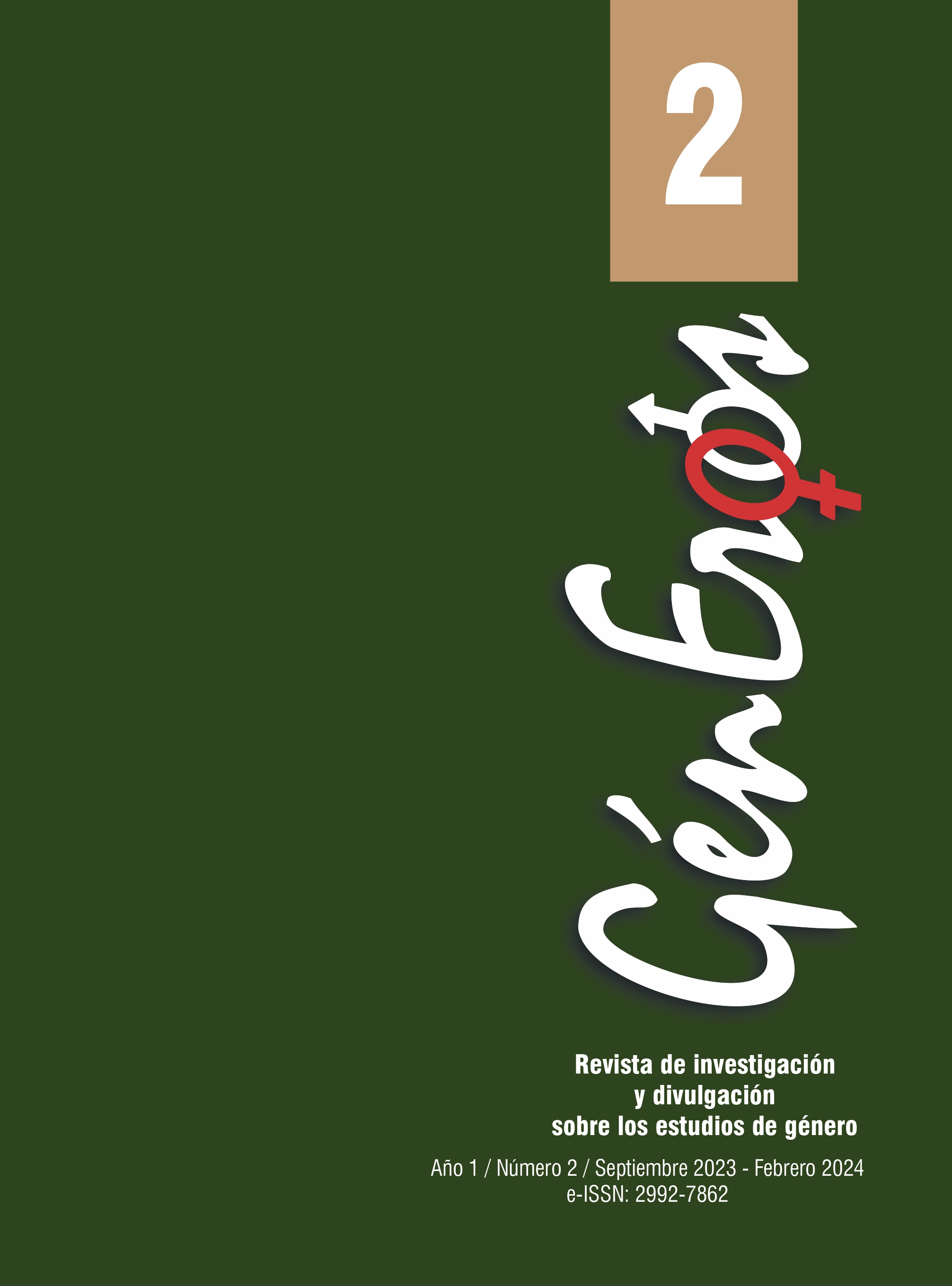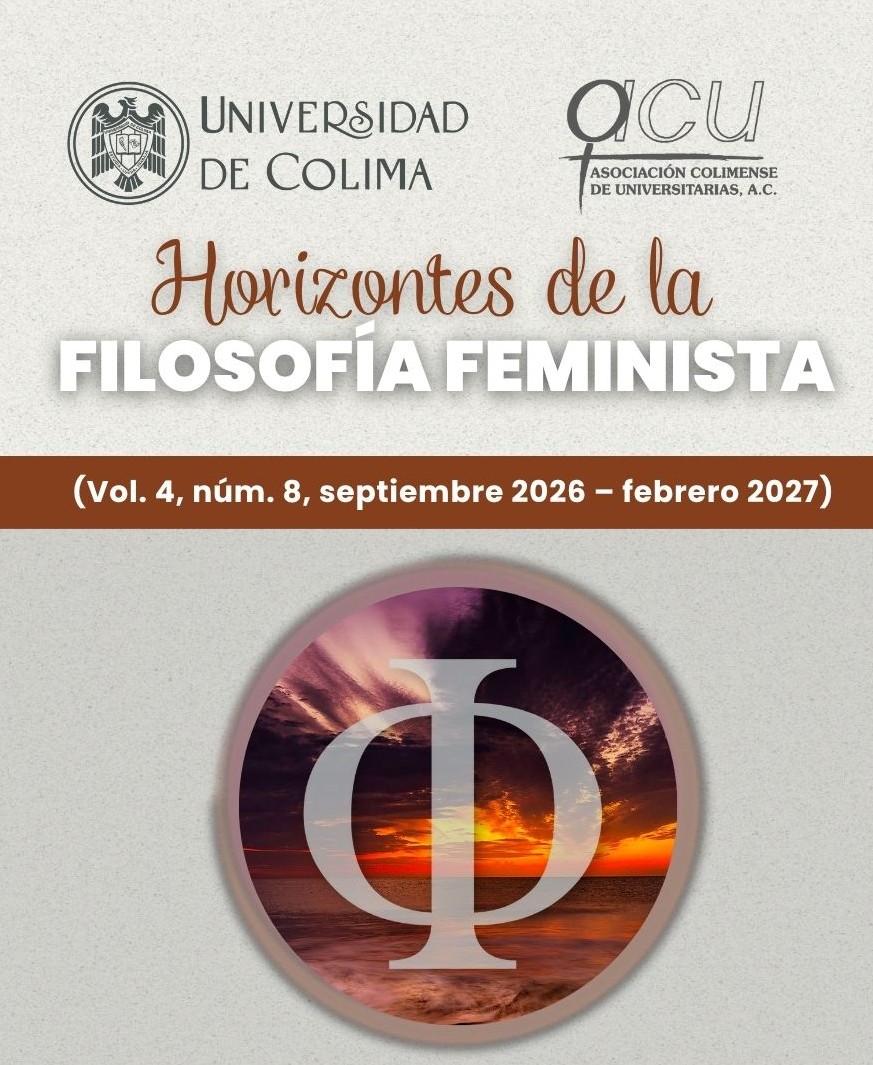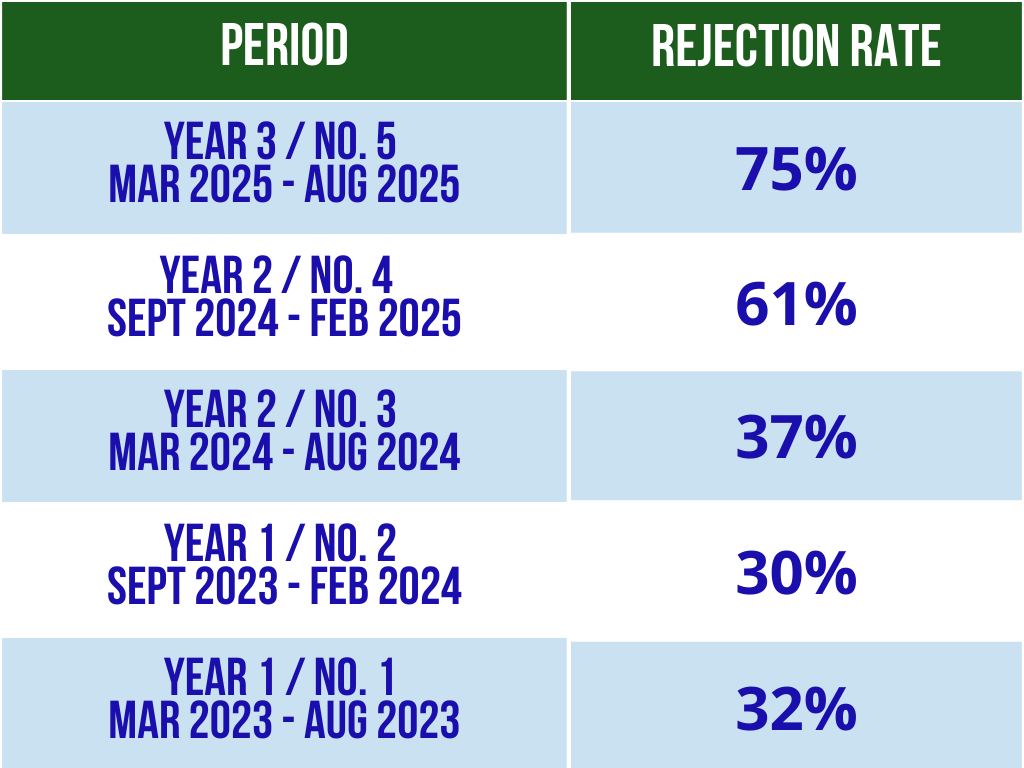Gender Inequality in Biological Hypotheses. New Evidences
DOI:
https://doi.org/10.53897/RevGenEr.2023.02.12Keywords:
gender equity, biological behaviors, mate choice, critical choice, mosaic brainAbstract
The description of behavioral processes has been influenced by masculine thinking, helping to explain behavioral processes based on the prevailing hegemony. Therefore, an analysis of behavioral studies was made, which have been modified based on a more equitable gender thinking and with scientific evidence that supports these paradigm changes. We expose three examples of heoretical changes based on scientific evidence (feminine choice, honest signals, and mosaic brain), and a fourth example that, in addition to exposing a paradigm shift, was prejudiced as it was an idea proposed by a woman, for how long it took for the idea to permeate biological studies. When explaining the behaviors from the feminine perspectives, more complete explanations of the processes of choosing a partner and fertilization are observed. We also found that male and female brain explanations are not enough to divide brain types in humans. Now we talk about a mosaic brain, where the prevailing idea is that we have a continuum
of structures that give us mixed behavioral characteristics and heterogeneous abilities.
Downloads
Metrics
References
Asís, B.A.; Avery, A.J.; Tylan, C.; Engler, H.I.; Earley, E.I. y T. Langkilde (2021). Honest Signals and Sexual Conflict: Female Lizards Carry Undesirable Indicators of Quality. Ecology and Evolution,11(12): 7647-7659. https://doi.org/10.1002/ece3.7598
Bian, L.; Leslie, S.-J. y Cimpian, A. (2018). Evidence of Bias Against Girls and Women in Contexts that Emphasize Intellectual Ability. American Psychologist, 73(9): 1139-1153. https://doi.org/10.1037/amp0000427
Blazquez, G.N. y Chapa R.A. (2018). Inclusión del análisis de género en la ciencia. Universidad Nacional Autónoma de México, Centro de Investigaciones Interdisciplinarias en Ciencias y Humanidades, Red Mexicana de Ciencia, Tecnología y Género, Consejo Nacional de Ciencia y Tecnología y Benemérita Universidad Autónoma de Puebla.
Buss, D.M. (1989). Sex Differences in Human Mate Preferences: Evolutionary Hypotheses Tested in 37 Cultures. Behavioral and Brain Sciences, 12: 1-49. https://doi.org/10.1017/S0140525X00023992
Cuatrecasas, J. (1965). Biología y ciencias del hombre. Revista de Psicología, 1: 33-38.
Fitzpatrick, J.L.; Willis, C.; Devigili, A.; Young, A.; Carroll, M.; Hunter, H.R. y Brison, D. R. (2020). Chemical Signals from Eggs Facilitate Cryptic Female Choice in Humans. Proceedings. Biological Sciences, 287(1928). https://doi.org/10.1098/rspb.2020.0805
Firman, R.C. y Simmons, L.W. (2015). Gametic Interactions Promote Inbreeding Avoidance in House Mice. Ecol. Lett. 18: 937-943. https://doi.org/10.1111/ele.12471
García-López, G.I.; Aguilar M.M.I y Aguilera, R.U. (2015). Atractivo sexual femenino a lo largo del ciclo menstrual: Análisis bajo la perspectiva de la psicología evolutiva. Revista Argentina de Antropología Biológica, 17(1): 46-53. https://revistas.unlp.edu.ar/raab/article/view/1104
Guzmán, G. (2018). La teoría de señales: ¿es útil el engaño? Psicología y mente. https://psicologiaymente.com/psicologia/teoria-de-senales
Hernández-López, L.E. y Cerda-Molina, A.L. (2012). La selección sexual en los humanos. Salud mental, 35(5): 405-410. http://www.scielo.org.mx/scielo.php?script=sci_arttext&pid=S0185-33252012000500007&lng=es&tlng=es.
Joel, D.; Berman, Z.; Tavor, I.; Wexler, N.; Gaber, O.; Stein, Y.; Shefi, N.; Pool, J.; Urchs, S.; Margulies, D.S.; Liem, F.; Hanggi, J.; Jancke, L. y Assaf, Y. (2015). Sex Beyond the Genitalia: The Human Brain Mosaic. Proceedings of the National Academy of Sciences,112 (50): 15468-15473. https://doi.org/10.1073/pnas.1509654112
Joel, D.; Persico, A.; Salhov, M.; Berman, Z.; Oligschläger, S.; Meilijson, I.Y. y Averbuch, A. (2018). Analysis of Human Brain Structure Reveals that the Brain Types Typical of Males Are Also Typical of Females, and Viceversa. Front. Hum. Neurosci., 18(12): 1-18. https://doi.org/10.3389/fnhum.2018.00399
Joel, D. (2021). Beyond the Binary: Rethinking Sex and the Brain. Neuroscience and Biobehavioral Reviews, 122: 165-175. https://doi.org/10.1016/j.neubiorev.2020.11.018
Joel, D. (2020). Beyond Sex Differences and a Male-Female Continuum: Mosaic Brains in a Multidimensional Space. Handbook of Clinical Neurology, 175: 13-24. https://doi.org/10.1016/B978-0-444-64123-6.00002-3
López-Tricas, J.M. (2018). La hambruna en Holanda (1944-1945) persiste en los genes de los descendientes. http://farmacialasfuentes.com/index.php/la-hambruna-holandesa-1944-1945-pervive-en-sus-descendientes/
Lisman, J.; Cooper, K.; Sehgal, M. y Silva, A.J. (2018). Memory Formation Depends on Both Synapse-Specific Modifications of Synaptic Strength and Cell-Specific Increases in Excitability. Nat. Neurosci., 21: 309-314. https://doi.org/10.1038/s41593-018-0076-6
Biagio, D.; Di Cosmo, A.; Scandurra, A. y Pinelli, C. (2019). Mosaic and Concerted Brain Evolution: The Contribution of Microscopic Comparative Neuroanatomy in ower Vertebrates. Frontiers in Neuroanatomy, 13. https://doi.org/10.3389/fnana.2019.00086
Pedrosa, M.L.; Furtado, M.H.; Ferreira, M. y Carneiro, M.M. (2020). Sperm Selection in IVF: The Long and Winding Road from Bench to Bedside. JBRA Assisted Reproduction, 24(3): 332-339. https://pubmed.ncbi.nlm.nih.gov/32155013/
Pérez-Cerezales, S.; Boryshpolets, S.; Afanzar, O.; Brandis, A.; Nevo, R.; Kiss, V. y Eisenbach, M. (2015). Involvement of Opsins in Mammalian Sperm Thermotaxis. Sci Rep., 5: 1-18. https://doi.org/10.1038/srep16146
Pérez-Gay, J.F. (2019). ¿Tiene género el cerebro? Revista de la Universidad de México, 854: 148-151.
Pigliucci, M. (2007). Do We Need an Extended Evolutionary Synthesis? Evolution, 61: 2743-2349. https://doi.org/10.1111/j.1558-5646.2007.00246.x
Robertson, S.A. y Sharkey, D.J. (2016). Seminal Fluid and Fertility in Women. Fertility and Sterility, 106(3): 511-519. https://doi.org/10.1016/j.fertnstert.2016.07.1101
Rooker, K. y Sergey, G. (2018). On the Evolution of Visual Female Sexual Signalling. Proc. Biol. Sci., 285: 1879. https://doi.org/10.1098/rspb.2017.2875
Sakkas, D.; Ramalingam, M.; Garrido, N. y Barratt, C.L. (2015). Sperm Selection in Natural Conception: What Can We Learn from Mother Nature to Improve Assisted Reproduction Outcomes? Human Reproduction Update, 21(6): 711-726. https://doi.org/10.1093/humupd/dmv042
Shalev, G.; Admon, R.; Berman, Z. y Joel, D. (2020). A Mosaic of Sex-Related Structural Changes in the Human Brain Following Exposure to Real-Life Stress. Brain Structure & Function, 225(1): 461-466. https://doi.org/10.1007/s00429-019-01995-6
Schmeisser, U.H. y Schumann, M.J. (2022). The Sexual Dimorphic Synapse: From Spine Density to Molecular Composition. Front. Mol. Neurosci., 15: 818390. https://doi.org/10.3389/fnmol.2022.818390
Schmalhausen, II. (1949). Factors of Evolution. Chicago University Press, Chicago.
Schlichting, C.D. y Pigliucci, M. (1998). Phenotypic Evolution: A Reaction Norm Perspective. Sinauer Associates, Sunderland.
Simmons, L.W. (2015). Sexual Signalling by Females: Do Unmated Females Increase their Signalling Effort? Animal Behaviour, 1. https://doi.org/10.1098/rsbl.2015.0298
Trivers, R.L. (1972). Parental Investment and Sexual Selection. Sexual Selection and the Descent of Man. Campbell, 136-179. https://doi.org/10.1111/j.1420-9101.2008.01540.x
Wilke, A.; Hutchinson, J.M.C.; Todd, P.M.; Kruger, D.J. and Risk, I. (2006). Taking Used as a Cue in Mate Choice? Evolutionary Psychology. https://doi.org/10.1177/147470490600400130
Wund, M.A. (2012). Assessing the Impacts of Phenotypic Plasticity on Evolution. Integrative and Comparative. Biology, 52(1): 5-15. https://doi.org/10.1093/icb/ics050
Published
How to Cite
Issue
Section
License

This work is licensed under a Creative Commons Attribution-NonCommercial-ShareAlike 4.0 International License.
GénEroos Magazine allows you to share, copy and redistribute the material in any medium or format; adapt, remix, transform and build upon the material, crediting the work appropriately and providing a link to the licence, indicating if changes have been made.












